
Selfridges
Article by BR Natalie
I love a good TV series. I've recently been binge-watching Mr Selfridge (a few years old now...but a goodie!) and other than looking at the gorgeous period costumes (men should seriously bring back the waistcoat) I've loved watching the history of the department store unfold.
Being a crew member of Beauty Review, I'm obviously mad for anything beauty and I loved the episode where they introduced the beauty counter to the shop floor - breaking societal conventions by displaying the products. So I got to wondering about the history of the humble beauty counter.
Around the world department stores started popping up around the mid to late 1800s. Smith & Caugheys (est 1880) and Kircaldie & Stains (est 1863) are prime examples of the classic evolution of the department store - they began as drapiers, supplying fabrics for customers to make their own garments and began to evolve through the years in to selling off the rack clothing. As society changed, so did the services they offered.
So when did the Beauty Counter as we know it become a staple fixture in department stores? Let's travel back to Victorian England and take a tour.
Unless you were an actress in the later 1800s, makeup was frowned upon. And yet society still imposed ideals on to the ladies of the time. Pale skin for example was the sign of a true lady - delicate and feminine. So what did a girl do when she couldn't reach for the powder puff? Drink vinegar and avoid fresh air.
Fast forward to the Edwardian era - cosmetics, which were frowned upon in the Victorian era (but still very used, only in a very natural manner), were becoming more and more popular. Women, like today, felt the pressure to look younger, and although there was shame in admitting the use of cosmetics, in private more and more women were turning to them. Enter the role of the back door beauty shop.
The House of Cyclax was opened in 1897 by 'Mrs Hemming' (real name Frances 'Fanny' Forsythe) and by 1902 she was not only offering beauty treatments but also selling cosmetics. To relieve embarrassment there was a back door - picture if you will, a veiled lady stepping down from her carriage and risking scandal, all to purchase rouge.
This was generally the situation across the world for the next few years, with the exception of fashion forward cities such as Paris, who were openly selling cosmetics at this time.

Selfridges Beauty Hall 1910
For those not en France or a high born lady, you would have to brave the chemist and ask for 'essential' items, such a fragrance, soap or body lotion. These were hidden from view behind the counter. Everything changed in 1909 when Gordon Selfridge opened Selfridges & Co on Oxford Street in London. 1 year in to trading he took the bold step to not only openly sell cosmetics - but to actually display them and to encourage women to test and enjoy shopping for them.
And we all know what happened next - the beauty counter was embraced and expanded in to a place for women to enjoy (publicly) and experience cosmetics before committing to buy. We can even buy our cosmetics alongside our groceries. And even though the internet and technology has meant the end of many a retail establishment, the beauty counter still thrives.

MAC Counter - Smith & Caugheys 2014



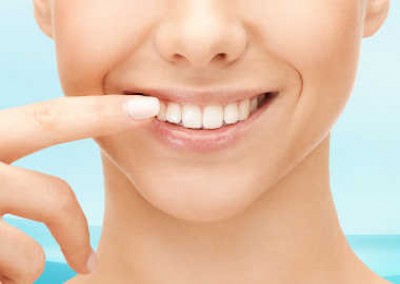


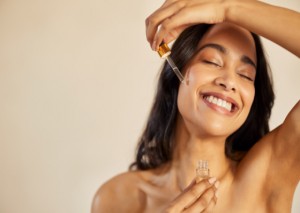
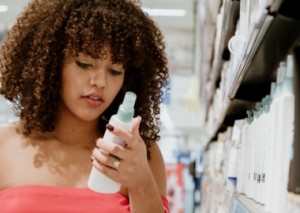

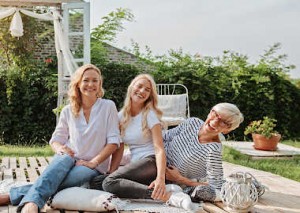

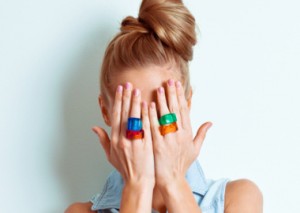
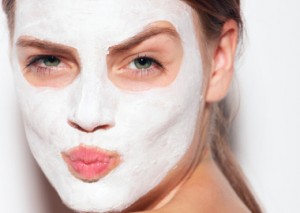
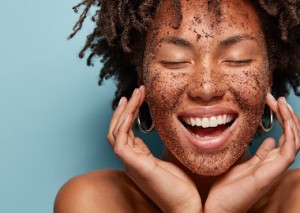
So interesting! I never really thought about cosmetics being scandalous.